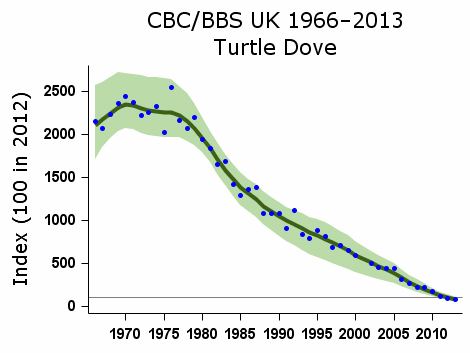Sunrise at the pits
Curlew (Patch first)
Weekend coffee break
Sunday find
Little Ringed Plover
Three visits to Salford Priors this week to report on. Thursdays after work visit was rewarded with my first two Curlew at the site. The Curlew were feeding in the Snipe meadow but were not very settled as they twice took off and did a large lap of the site before landing again.
I was on site by 6.10am on Saturday and first bird of the day was a single Dunlin and a pair of Common Sandpiper on Pophills Pit. Along the main pit the Reed Buntings were establishing tertitory whilst a Green Sandpiper was on the far side. There was a flock of 15-20 Pied Wagtails feeding in the old workings area. The first Sand Martin of spring came through at 7.56am which was most pleasing. Singing Chiffchaffs had increased to five across the reserve.
Fellow patch birder had found a Ringed Plover on Saturday evening so I was keen to try and relocate the bird first thing on Sunday. However I called in to check out the Little Owls first of all. Whilst initially there was no sign as I headed back past towards the car I noticed the female was watching me closely from a different viewing point before disappearing back inside the tree.
Down at Pophills there was no sign of the Ringed Plover. There was a single Common Sandpiper, a pair of Gadwell & Teal along with regular Coot and Tufties. Three Green Woodpecker were flying around the bunds together allowing some great views. There really wasn't much else to report as there has been no significant changes over night. I caught up with Lee by the Snipe meadow as Skylarks sang above us. I flushed a few Snipe up on the bunds before heading back to Pophills for a final look. At the first glance it looked the same as earlier but after setting up the scope I picked up a Little Ringed Plover. I edged along the hedgerow to confirm my identification and you could clearly make out the yellow orbital ring around its eye. Happy days………..A good find at the end of a frustrating morning.










































